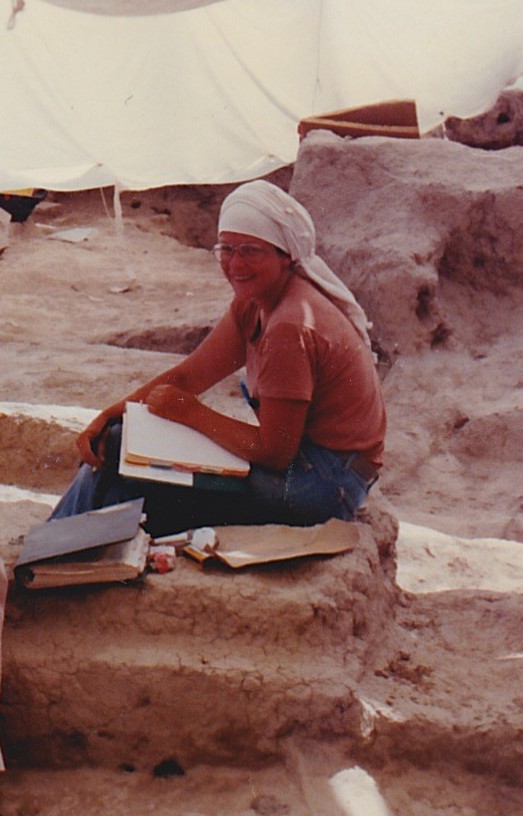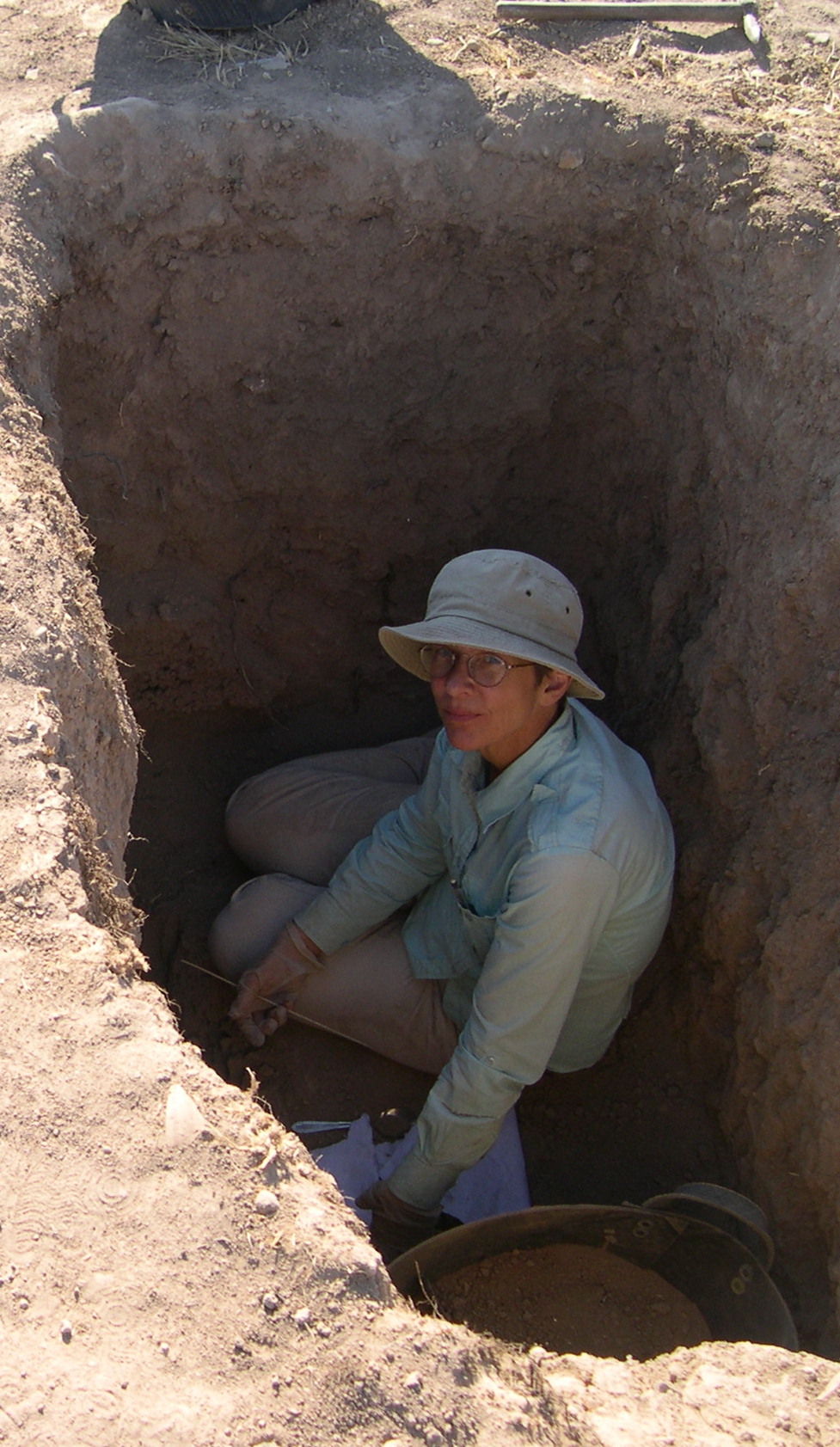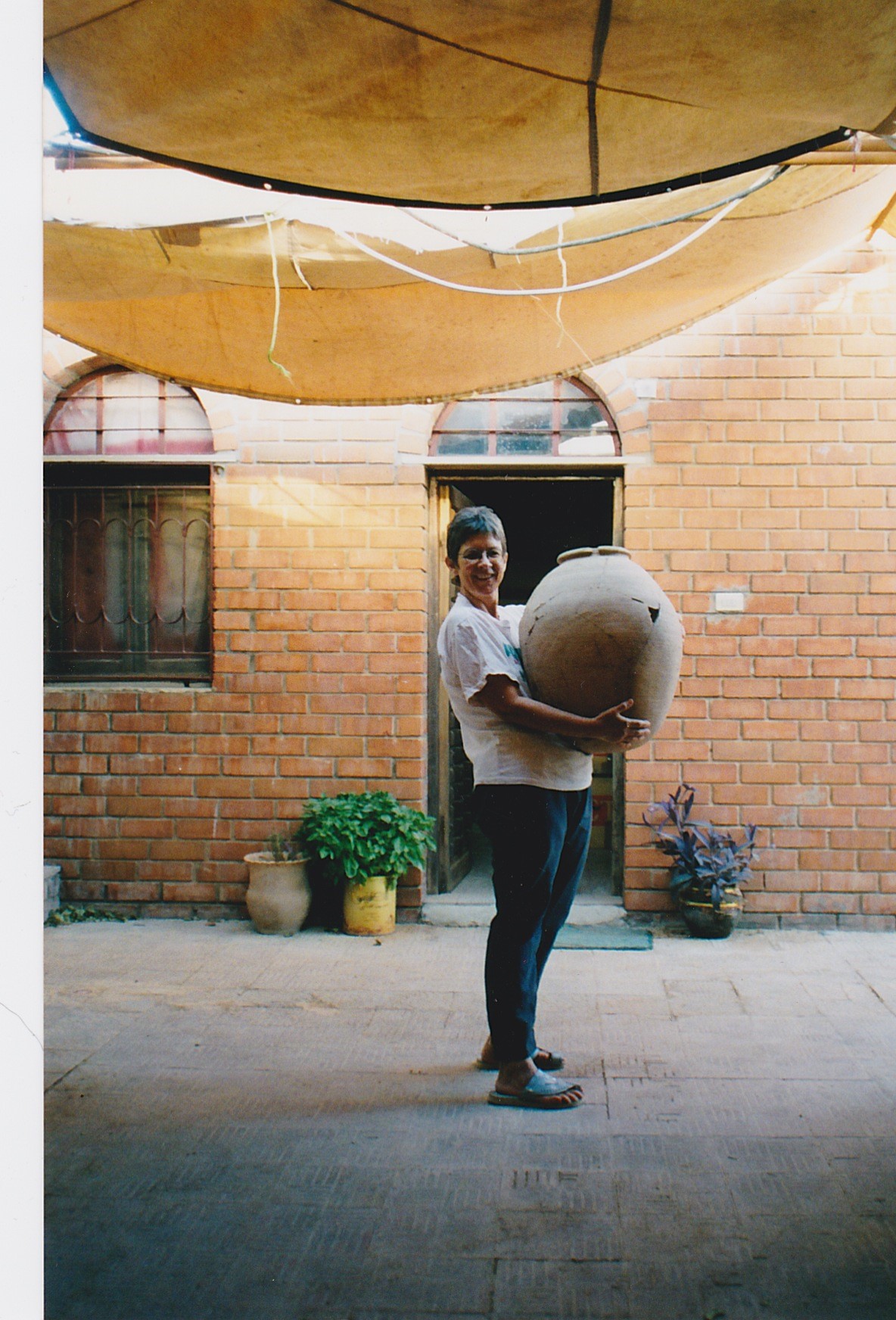
I have had the great good fortune to excavate both at Terqa (Tell Ashara) and Urkesh (Tell Mozan). I was at Terqa as a UCLA graduate student in the early 80's. It was an interesting site, but the challenges we encountered made excavations quite difficult. There were meters of Islamic era deposition, the Euphrates River was eroding the site, and the modern village of Ashara sat atop the tell. I worked in the field, eventually as a Supervisor in Area J, and as Registrar for each of the three seasons I was there. Because the site was disturbed in many ways, deciphering the stratigraphy was difficult and could lead to what we called "stratigraphic headaches". However, I developed a deep interest in stratigraphy and piecing together the puzzle that archaeology offers.
Most recently I contributed an article to the forthcoming Terqa Final Reports 3 (TFR 3), about the beads that were uncovered at Terqa. The majority (almost 7,000) came from a cache uncovered in the Temple of Ninkarrak and were quite interesting in that they seemed to have been left rather than buried or part of an installation. I have also help to ready TFR3 for publication.

